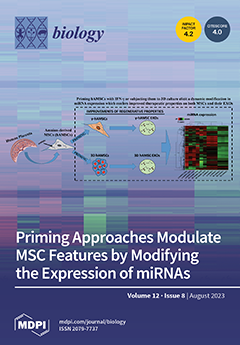Background: Bladder cancer (BCa) in patients suffering from neurogenic lower urinary tract dysfunction (NLUTD) is a significant concern due to its advanced stage at diagnosis and high mortality rate. Currently, there is a scarcity of specific guidelines for BCa screening in these patients. The development of urine biomarkers for BCa seems to be an attractive non-invasive method of screening or risk stratification in this patient population. DNA methylation is an epigenetic modification, resulting in the transcriptional silencing of tumor suppression genes, that is frequently detected in the urine of BCa patients.
Objectives: We aimed to investigate DNA hypermethylation in five gene promoters, previously associated with BCa, in the urine of NLUTD patients, and in comparison with healthy controls.
Design, setting and participants: This was a prospective case–control study that recruited neurourology outpatients from a public teaching hospital who had suffered from NLUTD for at least 5 years. They all underwent cystoscopy combined with biopsy for BCa screening following written informed consent. DNA was extracted and DNA methylation was assessed for the RASSF1, RARβ, DAPK, TERT and APC gene promoters via quantitative methylation-specific PCR in urine specimens from the patients and controls.
Results: Forty-one patients of mixed NLUTD etiology and 35 controls were enrolled. DNA was detected in 36 patients’ urine specimens and in those of 22 controls. In the urine specimens, DNA was hypermethylated in at least one of five gene promoters in 17/36 patients and in 3/22 controls (47.22% vs. 13.64%, respectively,
p = 0.009). RASSF1 was hypermethylated in 10/17 (58.82%) specimens with detected methylation, APC in 7/17 (41.18%), DAPK in 4/17 (23.53%), RAR-β2 in 3/17 (17.56%) and TERT in none. According to a multivariate logistic regression analysis, NLUTD and male gender were significantly associated with hypermethylation (OR = 7.43,
p = 0.007 and OR = 4.21;
p = 0.04, respectively). In the tissue specimens, histology revealed TaLG BCa in two patients and urothelial squamous metaplasia in five patients. Chronic bladder inflammation was present in 35/41 bladder biopsies.
Conclusions: DNA hypermethylation in a panel of five BCa-associated genes in the urine was significantly more frequent in NLUTD patients than in the controls. Our results warrant further evaluation in longitudinal studies assessing the clinical implications and possible associations between DNA hypermethylation, chronic inflammation and BCa in the NLUTD population.
Full article






